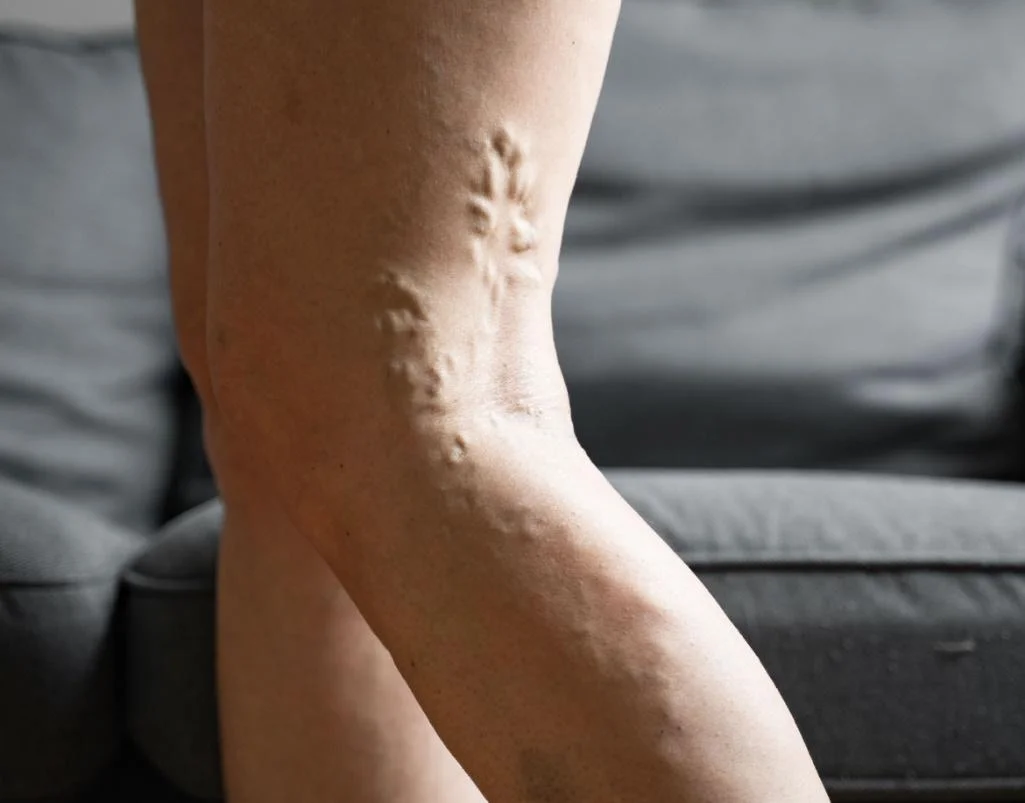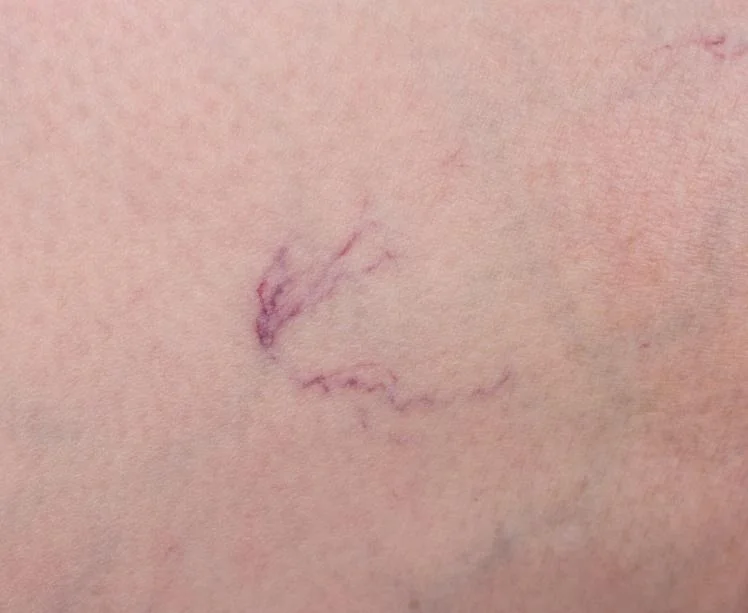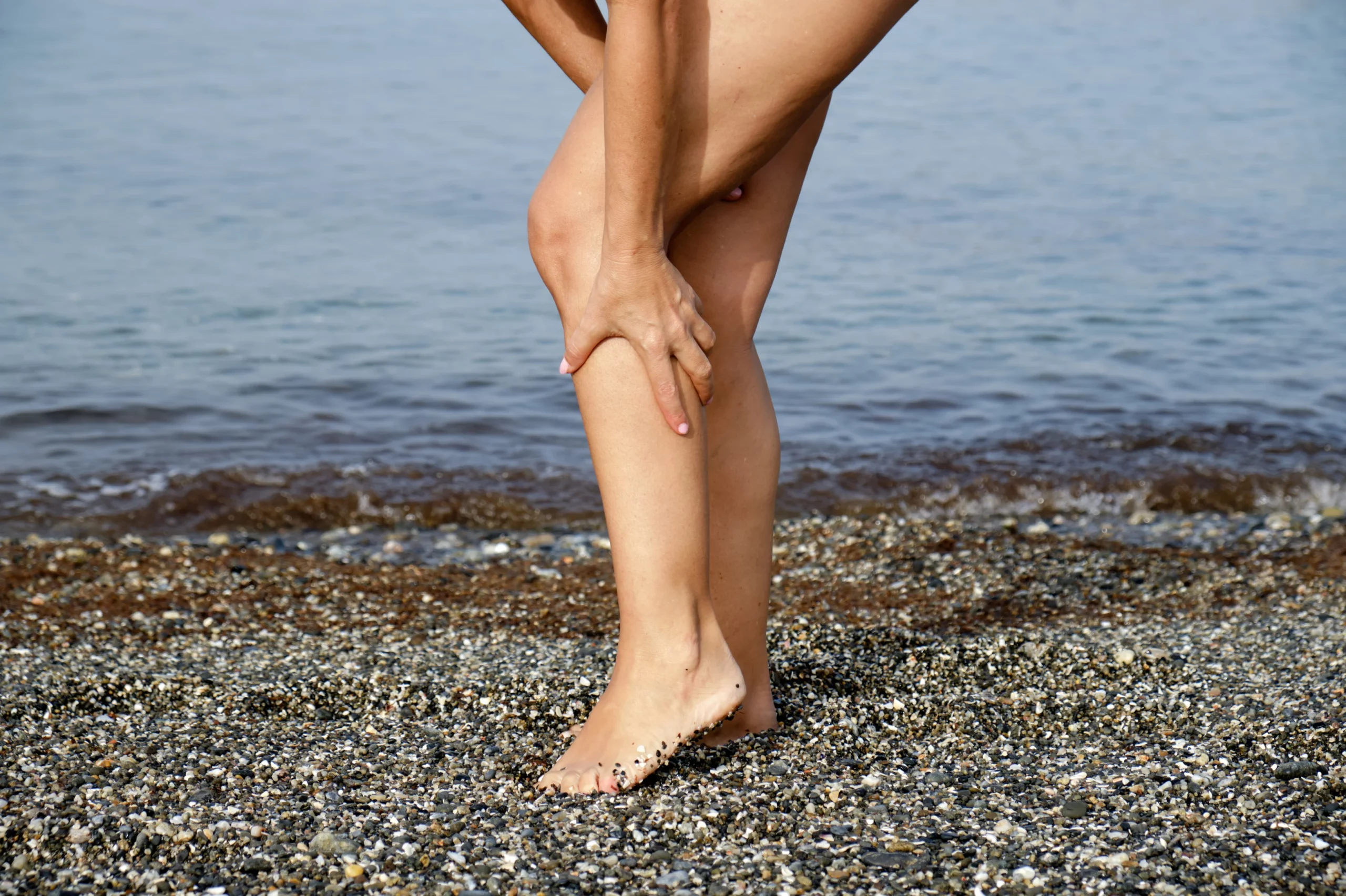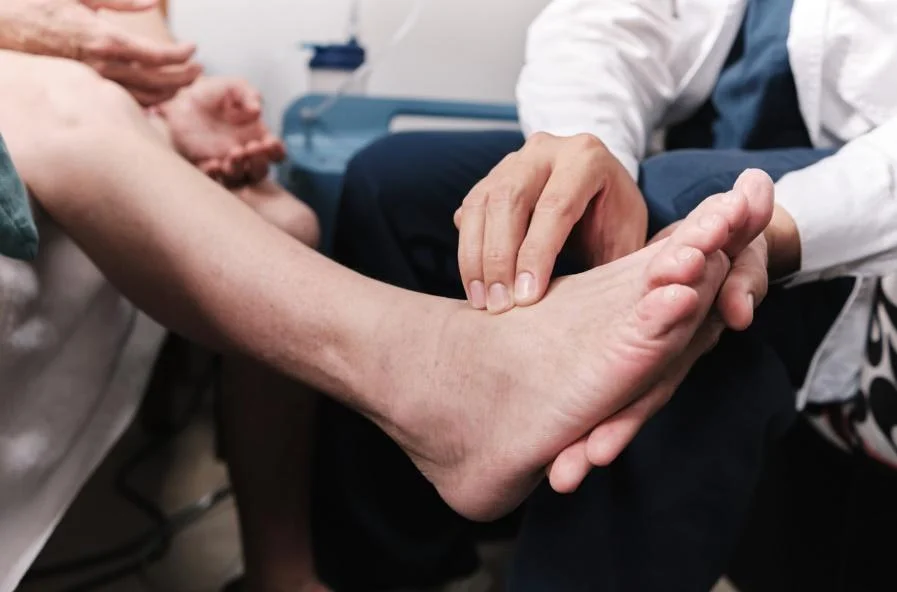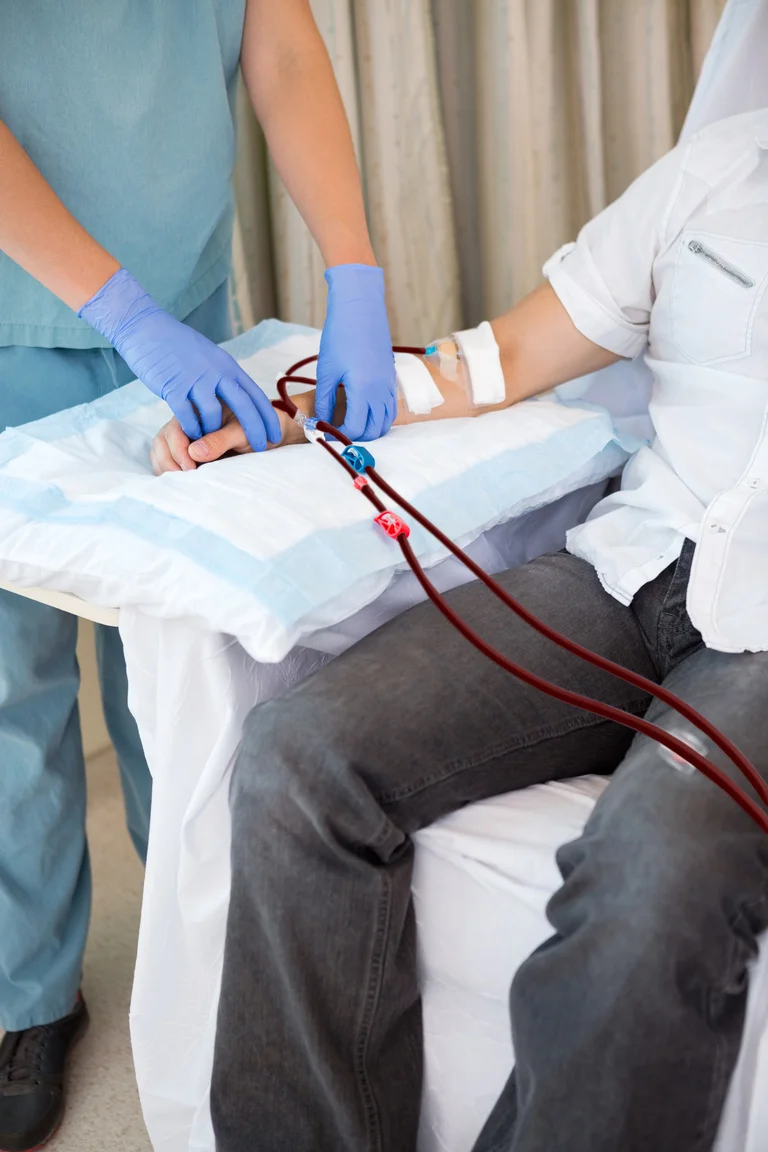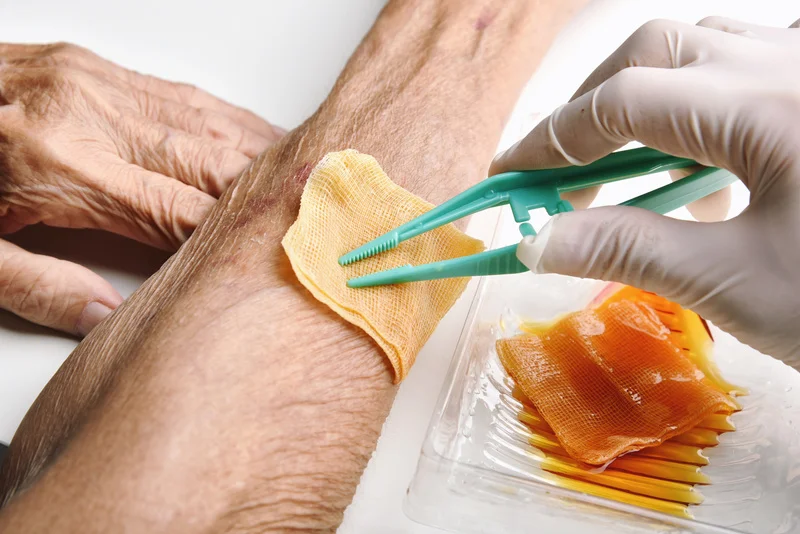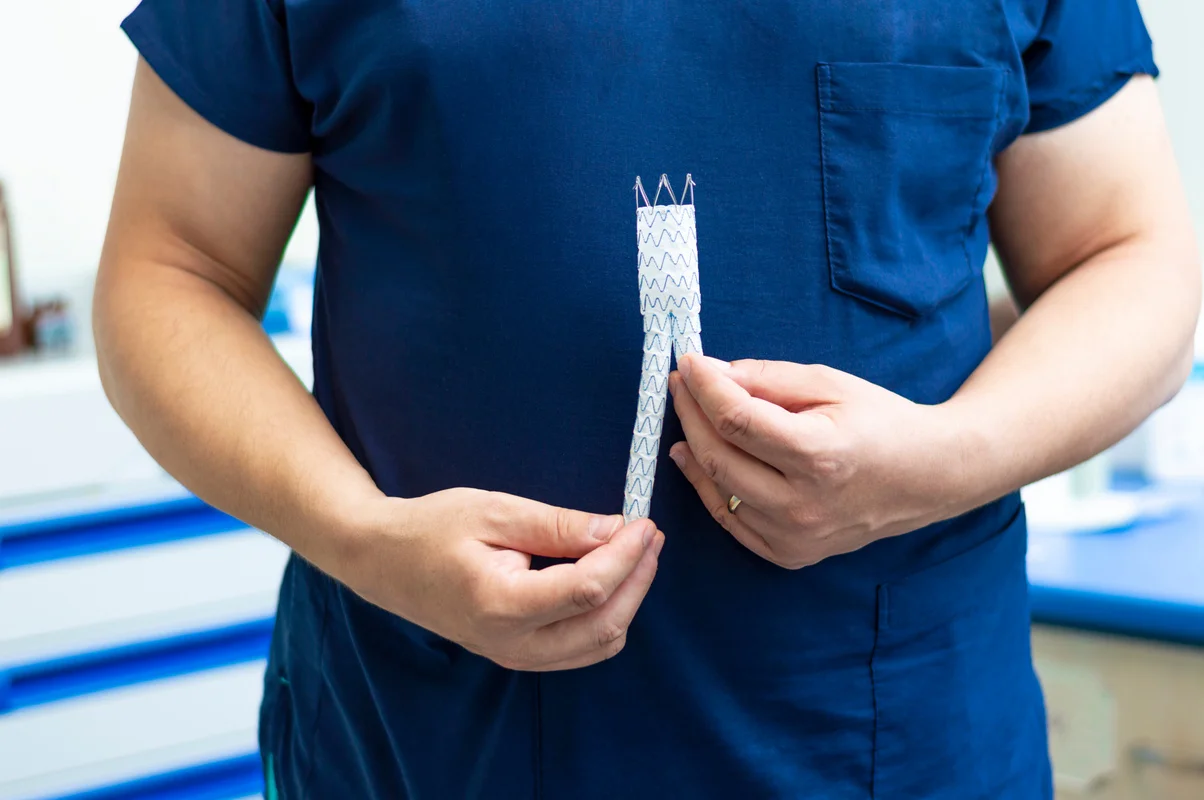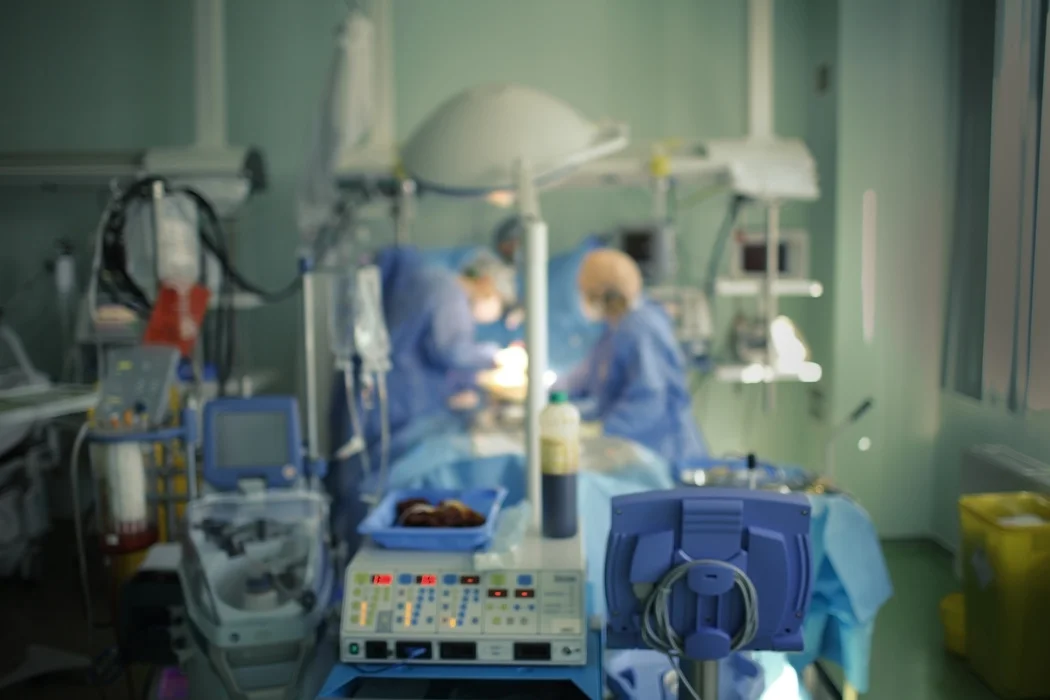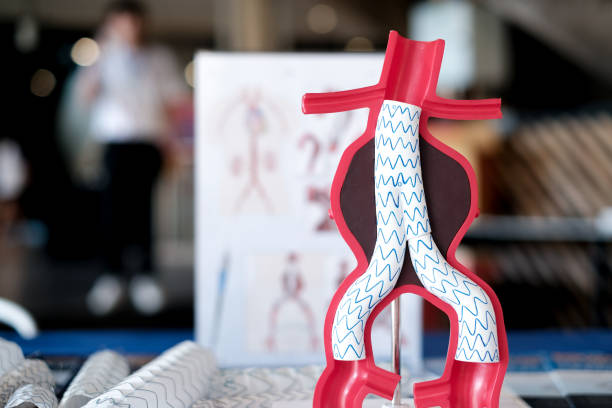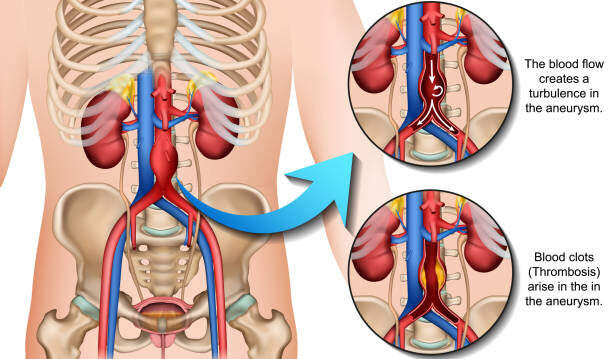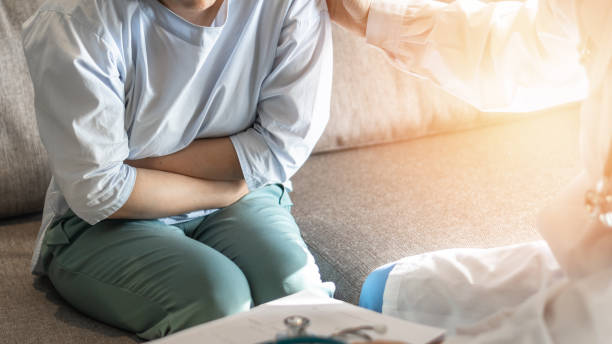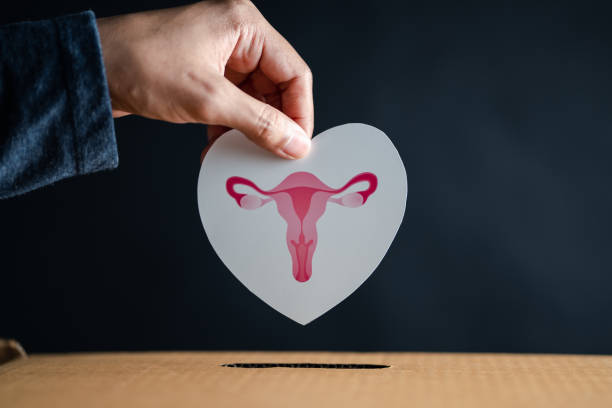It’s not uncommon for people to be concerned when their spider veins look worse after treatment. While this reaction may seem alarming, it is usually temporary and part of the normal healing process. Understanding why this happens and what to expect after the procedure can help alleviate concerns and ensure that you achieve the desired results.
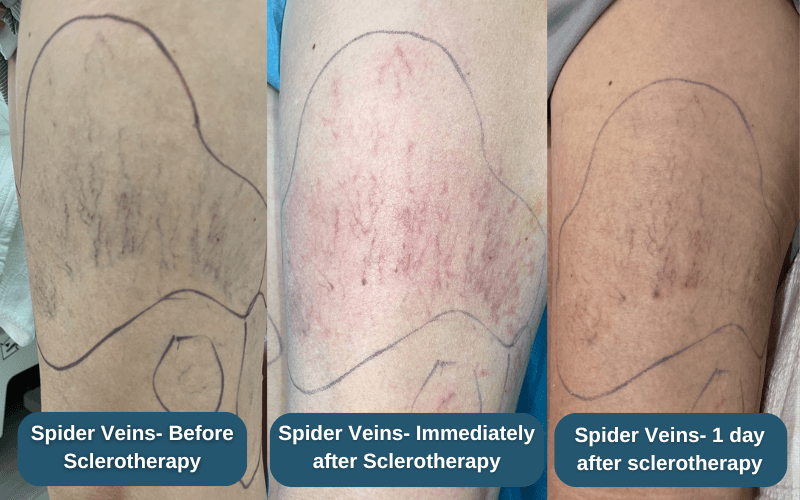
Why Do Spider Veins Look Worse After Treatment?
After undergoing treatment for spider veins, it’s possible to notice that the veins initially appear darker or more prominent than before. This is a common post-treatment reaction and is generally due to the following reasons:
- Inflammation and swelling: Treatment for spider veins works by irritating the veins (for example by heat energy via the VeinGogh, or chemical methods via Sclerotherapy), or chemical methods via Sclerotherapy) causing them to collapse and eventually fade. In the days following the procedure, the treated area may experience mild inflammation, which can make the veins look more noticeable. Swelling in the surrounding tissue can also contribute to this effect, but it typically subsides within a few days to a week.
- Blood Trapped in the Veins: When spider veins are treated the vein collapses and closes off. However, blood may still be trapped inside the vein temporarily, which can cause the vein to appear darker or more visible after the procedure. This trapped blood is gradually absorbed by the body over time, leading to the eventual fading of the vein.
- Bruising: Some patients experience bruising after treatment. This can make the treated area appear darker or blotchy. Bruising usually resolves on its own within a week or two.
- Hyperpigmentation: In some cases, the skin around the treated veins may temporarily darken, a condition known as hyperpigmentation. Hyperpigmentation is usually temporary and fades over time, but it may take a few weeks to several months for the skin to return to its normal tone.
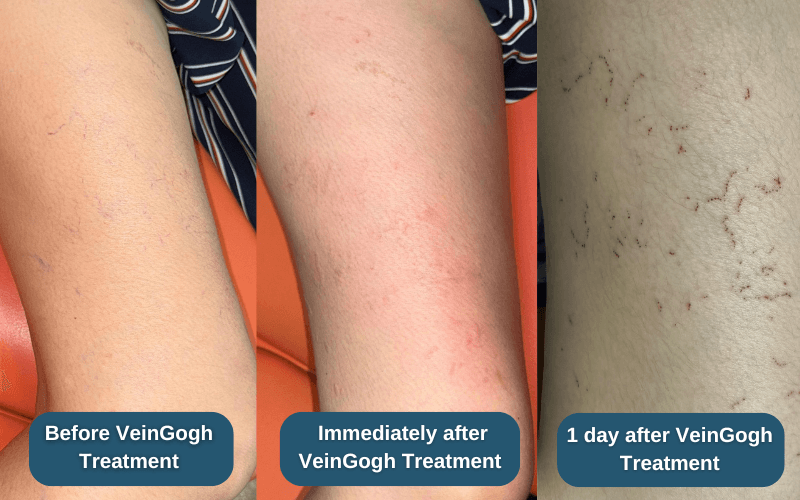
What to Expect During Recovery
Most patients can return to normal activities immediately after treatment for spider veins, but the recovery process may take several weeks. Here’s what you can typically expect during the healing period:
- Immediate Aftermath: Mild redness, swelling, or bruising is common in the first few days after treatment. The spider veins may look darker or more visible initially, but this will gradually improve.
- First Few Weeks: Over the next few weeks, the treated veins will begin to break down, and the trapped blood will be absorbed by the body. Any discoloration or swelling should start to subside.
- Long-Term Results: It can take anywhere from several weeks to a few months for the full results of treatment to become visible. Patience is key, as the body needs time to heal and process the treated veins.
Tips to Support the Healing Process
To ensure the best results and speed up the healing process, it’s important to follow your vascular surgeon’s post-treatment care instructions. Here are some general tips that can help:
- Avoid Sun Exposure: Protect the treated area from sun exposure, as UV rays can worsen hyperpigmentation or slow the healing process. Use sunscreen or wear protective clothing if you need to go outside.
- Wear Compression Stockings: It is generally recommended to wear compression stockings for 1-2 weeks after treatment. Compression helps improve blood flow and reduce swelling/bruising.
- Stay Active: Light activities, such as walking, can improve circulation and promote healing. Avoid strenuous activities (eg. marathon) that could increase swelling in the treated area.
- Be Patient: It’s important to be patient during the healing process. It’s normal for spider veins to look worse before they start to fade, and it may take multiple sessions to achieve your desired results.
When to Consult Your Doctor
While it’s normal for spider veins to look worse temporarily after treatment, there are some signs that you should contact your vascular surgeon:
- Severe pain or swelling: If you experience severe pain, swelling, or warmth in the treated area, it may indicate an infection or other complication.
- Persistent Darkening: If hyperpigmentation or darkening of the veins doesn’t improve after several months, consult your provider to discuss possible treatments.
- New Symptoms: If you notice new symptoms, such as unusual redness, sores, or excessive bruising, it’s best to get a professional evaluation.
Concerned About Spider Veins?
Spider veins may seem small but can indicate deeper issues. Discover treatment solutions that improve both appearance and circulation.

Conclusion
If your spider veins look worse after treatment, it’s usually part of the normal healing process. Inflammation, trapped blood, or mild bruising can make the veins appear darker or more prominent at first, but these effects typically fade over time. With patience and proper post-treatment care, your spider veins should improve significantly, leaving you with smoother, clearer skin.
If you’re concerned about the appearance of your spider veins after treatment or have any questions about the healing process, don’t hesitate to reach out to Dr Lim for guidance and reassurance.


